What is Landscape Restoration & Why is it Important
- September 13, 2024
- 0 comment
Landscape restoration is a critical process aimed at reviving degraded or damaged landscapes to their natural, functional state. This approach not only enhances the health and biodiversity of ecosystems but also improves environmental resilience and supports local communities. Understanding landscape restoration is essential for addressing issues like habitat loss, soil erosion, and climate change, making it a vital component of sustainable environmental management.
What is Landscape Restoration?
Landscape restoration refers to the process of rehabilitating and reconstructing damaged or degraded landscapes to restore their ecological functions and natural beauty. This approach involves a range of activities such as reforestation, wetland restoration, and soil rehabilitation, aimed at reversing the adverse effects of human activities like deforestation, urbanization, and agricultural expansion. The goal is to bring back the original structure, function, and biodiversity of the landscape, creating a balanced ecosystem that can support diverse plant and animal species.
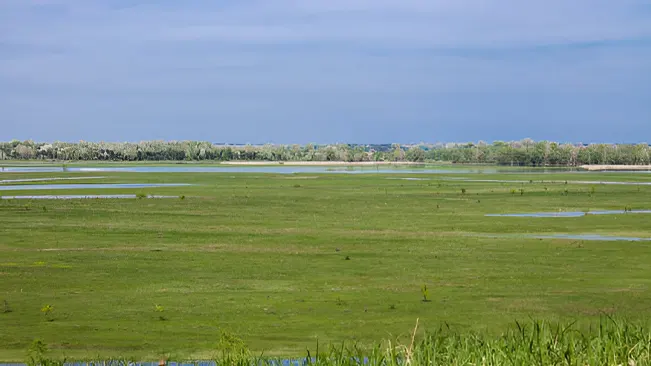
In addition to ecological benefits, landscape restoration also provides significant socio-economic advantages. Restoring landscapes can improve water quality, enhance soil fertility, and reduce the impacts of natural disasters such as floods and landslides. It can also offer economic opportunities through activities like sustainable tourism and forest-based livelihoods, contributing to community well-being and resilience. Overall, landscape restoration is a crucial strategy for fostering environmental sustainability and ensuring the long-term health of our planet.
Why is Landscape Restoration important?
Landscape restoration is essential for a multitude of reasons, primarily for enhancing ecological health and biodiversity. Degraded landscapes often suffer from reduced soil fertility, loss of native species, and diminished water quality. By restoring these areas, we can revive critical habitats, support wildlife populations, and improve the overall functionality of ecosystems. This restoration helps to rebuild the intricate relationships between species and their environments, ensuring a more resilient and balanced natural world.
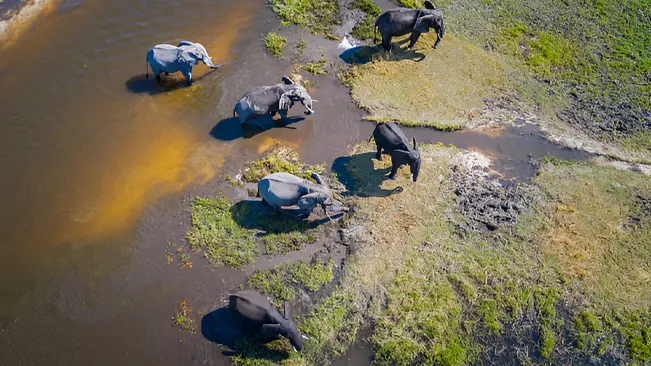
Moreover, landscape restoration plays a crucial role in mitigating the impacts of climate change and natural disasters. Healthy, restored landscapes act as natural buffers, reducing soil erosion, controlling flooding, and sequestering carbon. They also contribute to community well-being by providing resources such as clean water, fertile soil for agriculture, and spaces for recreation and cultural activities. By investing in landscape restoration, we are not only repairing environmental damage but also creating sustainable, thriving ecosystems that benefit both nature and human societies.
How Does Landscape Restoration Help the Environment
Improving Ecosystem Health
Landscape restoration enhances ecosystem health by reinstating natural processes and functions that may have been disrupted by human activities. Restored landscapes often see improvements in soil quality, water retention, and nutrient cycling. For example, reforestation efforts can restore the natural water cycle by increasing soil infiltration and reducing surface runoff.
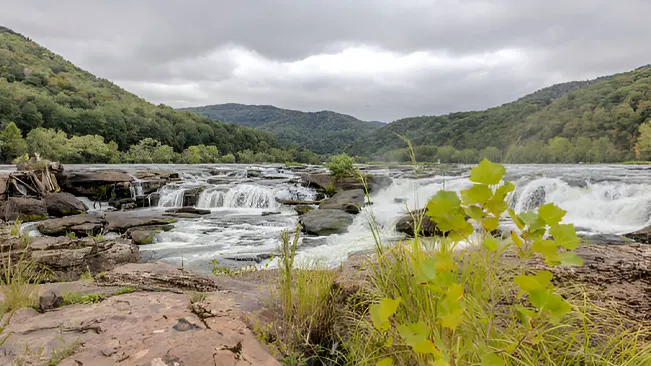
This leads to healthier ecosystems capable of supporting diverse plant and animal life. Additionally, the reestablishment of native vegetation can help stabilize soils, prevent erosion, and improve overall land productivity, creating a more robust and resilient environment.
Increasing and Protecting Biodiversity
Restoring landscapes helps to increase and protect biodiversity by providing habitats for a wide range of species. Many plants and animals depend on specific habitat conditions to thrive, and degraded landscapes often lack the necessary features to support them. Through restoration, lost or fragmented habitats can be reconnected, allowing for the movement and migration of species.
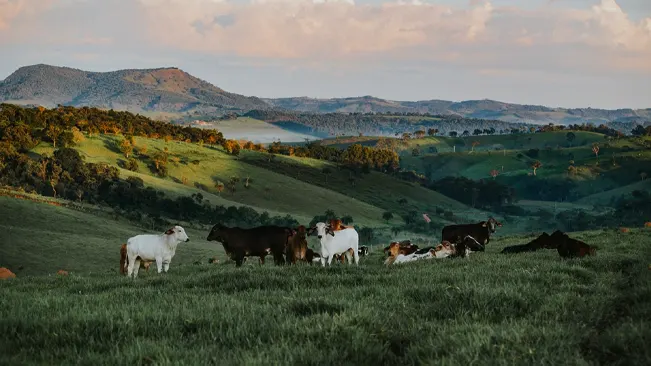
This not only helps to reintroduce species that may have been lost but also supports a diverse range of life forms by creating a mosaic of habitats that cater to different ecological needs. By preserving and enhancing these habitats, restoration efforts contribute to the conservation of genetic diversity and the resilience of ecosystems.
Mitigating Climate Change
Landscape restoration plays a significant role in mitigating climate change by enhancing the ability of natural systems to absorb and store carbon dioxide (CO2). Forests, wetlands, and grasslands act as carbon sinks, capturing CO2 from the atmosphere and storing it in vegetation and soils.
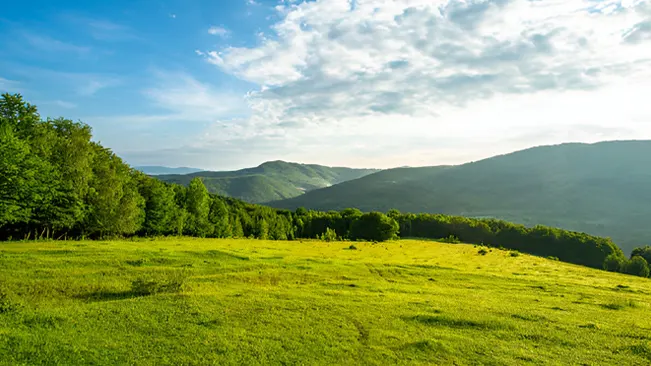
Restoration projects, such as reforestation and wetland rehabilitation, help to rebuild these carbon reservoirs, reducing the overall concentration of greenhouse gases in the atmosphere. By restoring these critical landscapes, we can improve their capacity to sequester carbon and contribute to global efforts to combat climate change.
Reducing Greenhouse Gas Emissions
In addition to sequestering carbon, landscape restoration can help reduce greenhouse gas emissions by preventing the release of stored carbon from degraded lands. For instance, restored wetlands and forests are less likely to release carbon stored in their soils compared to degraded lands, which can emit greenhouse gases when disturbed.
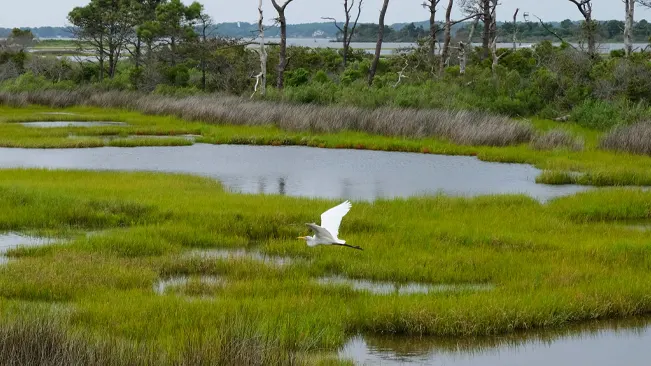
Moreover, sustainable management practices incorporated into restoration efforts, such as controlled burning or selective logging, can further minimize emissions. By addressing sources of greenhouse gases and enhancing natural carbon sinks, landscape restoration supports the reduction of overall emissions and contributes to climate change mitigation goals.
What is the Role of Community Development in Landscape Restoration
Empowering Local Engagement
Community development plays a crucial role in landscape restoration by empowering local populations to take an active role in the restoration process. When communities are involved in planning and implementing restoration projects, they bring valuable local knowledge and expertise about the land and its history.
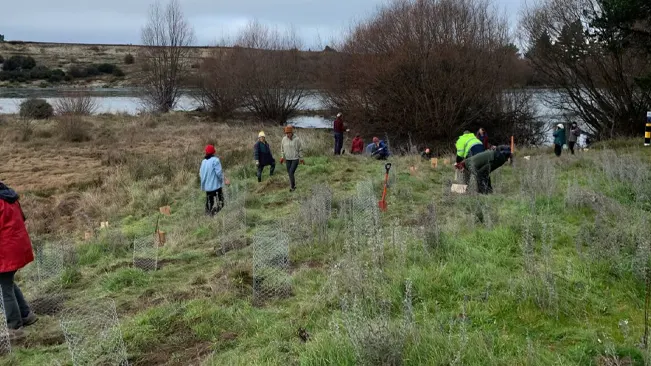
This involvement ensures that restoration efforts are tailored to the specific needs and conditions of the area, increasing their effectiveness and sustainability. Engaging local communities helps to build a sense of ownership and responsibility for the restoration outcomes, fostering a more committed and active participation in maintaining and monitoring the restored landscapes.
Enhancing Socio-Economic Benefits
Integrating community development into landscape restoration projects can also enhance the socio-economic benefits for local populations. Restoration projects often provide opportunities for job creation, skill development, and sustainable livelihoods. For instance, reforestation and agroforestry initiatives can generate employment in areas such as planting, maintenance, and forest management.

Additionally, restored landscapes can support local economies through activities such as eco-tourism, sustainable agriculture, and non-timber forest products. By aligning restoration efforts with community development goals, projects can contribute to economic growth and improve the quality of life for local residents, creating a positive feedback loop between environmental and socio-economic benefits.
Improving the Ecosystem’s Goods and Services
Landscape restoration significantly enhances the goods and services provided by ecosystems, which are crucial for sustaining human well-being and environmental health. One of the primary benefits is the improvement of air quality. Restored forests and wetlands can act as natural filters, removing pollutants from the air and providing cleaner, healthier air for surrounding communities. Similarly, restored landscapes contribute to purified water by enhancing the natural filtration processes of wetlands and riparian zones, which help remove contaminants and improve water quality.
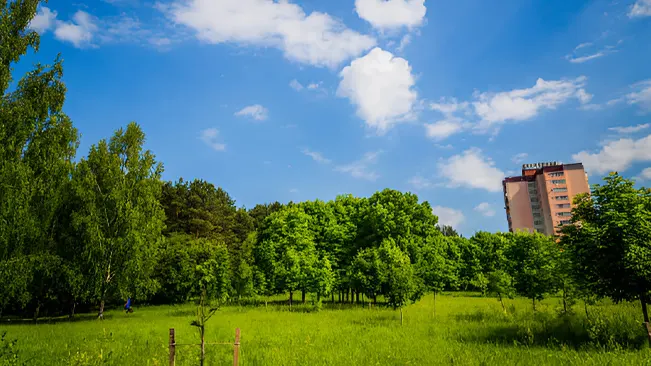
In addition, landscape restoration leads to more fertile soil. By reintroducing native vegetation and stabilizing soils, restoration efforts prevent erosion and degradation, enriching the soil with organic matter and nutrients. This improved soil fertility supports agricultural productivity and can reduce the need for chemical fertilizers. Overall, these restored ecosystem services clean air, purified water, and fertile soil are essential for maintaining healthy environments and sustainable livelihoods.
Strengthening Market Access and Local Economies
Landscape restoration can also play a pivotal role in strengthening market access and boosting local economies. Restored landscapes can create new economic opportunities by improving the productivity and sustainability of local agriculture. For example, healthier soils and water systems enhance crop yields and reduce agricultural costs, leading to better market access and increased income for local farmers.
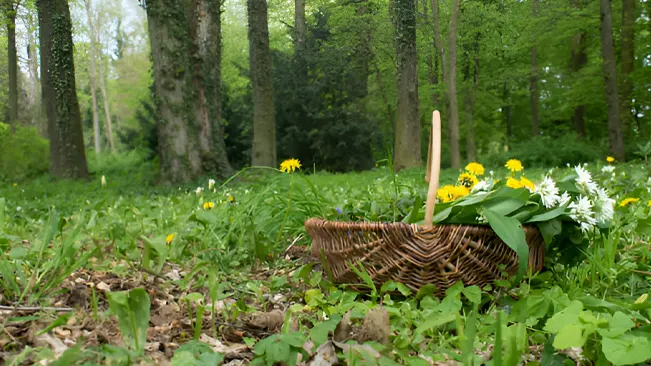
Furthermore, restoration projects can stimulate local economies through eco-tourism and recreational activities. Restored forests, wetlands, and other natural areas often attract tourists and outdoor enthusiasts, creating jobs and generating revenue for local communities. Additionally, by developing sustainable management practices and promoting the use of non-timber forest products (such as medicinal plants and fruits), restoration can diversify income sources and support local enterprises.
Conclusion
Landscape restoration is a vital process that seeks to repair and rejuvenate degraded environments, restoring their ecological health and functionality. By revitalizing these landscapes, we not only enhance biodiversity and improve ecosystem services but also address pressing environmental issues such as soil erosion and water quality. The importance of landscape restoration extends beyond environmental benefits; it also contributes to climate change mitigation and provides socio-economic advantages, including job creation and improved community well-being. Embracing landscape restoration is crucial for fostering resilient ecosystems and creating a sustainable future for both people and the planet.
FAQs
- What is landscape restoration?
Landscape restoration is the process of rehabilitating and reconstructing degraded or damaged landscapes to restore their ecological functions and natural beauty. This involves activities such as reforestation, wetland restoration, and soil rehabilitation to revive ecosystems and improve their health and biodiversity. - Why is landscape restoration important?
Landscape restoration is crucial for enhancing ecological health, increasing biodiversity, and mitigating climate change. It helps to restore natural processes, improve soil and water quality, and provide habitats for wildlife. Additionally, it offers socio-economic benefits, including job creation and support for local communities. - How does landscape restoration improve ecosystem health?
By reinstating natural processes and functions, landscape restoration enhances ecosystem health. It improves soil fertility, water retention, and nutrient cycling, which in turn supports diverse plant and animal life and stabilizes the environment against erosion and degradation. - In what ways does landscape restoration increase and protect biodiversity?
Restoration efforts help increase and protect biodiversity by reintroducing and connecting habitats that are essential for various species. This supports the movement and migration of wildlife, reintroduces lost species, and maintains a diverse range of life forms within restored landscapes. - How does landscape restoration contribute to mitigating climate change?
Landscape restoration contributes to climate change mitigation by enhancing the capacity of natural systems to absorb and store carbon dioxide. Restored forests, wetlands, and grasslands act as carbon sinks, capturing CO2 from the atmosphere and reducing greenhouse gas concentrations. - What role does community development play in landscape restoration?
Community development is integral to landscape restoration as it empowers local populations to participate in and benefit from restoration projects. It brings local knowledge to the process, ensures that restoration efforts meet local needs, and provides socio-economic benefits such as job creation and improved livelihoods. - What are some examples of landscape restoration activities?
Examples include reforestation (planting trees in deforested areas), wetland restoration (rehabilitating drained wetlands), soil erosion control (implementing techniques to prevent soil loss), and habitat restoration (reintroducing native species and creating wildlife corridors). - How can individuals get involved in landscape restoration efforts?
Individuals can get involved by supporting or volunteering with local restoration projects, participating in tree planting events, advocating for sustainable land management practices, and educating others about the importance of landscape restoration. - What are the long-term benefits of landscape restoration?
Long-term benefits include improved ecosystem resilience, enhanced biodiversity, increased carbon sequestration, better water quality, reduced soil erosion, and sustainable economic opportunities for local communities. Restored landscapes also contribute to overall environmental stability and climate change mitigation.

Joel Cunningham
Forestry AuthorI'm Joel Cunningham, an expert in pruning and weed management with over a decade of experience. My skills are rooted in formal training and extensive practice, focusing on advanced pruning techniques and efficient weed control. I'm known for my quality work, precision, and deep understanding of plant health and soil dynamics. My contributions extend to educational initiatives where I share sustainable practices and advice, establishing myself as a reliable and authoritative figure in the gardening community.

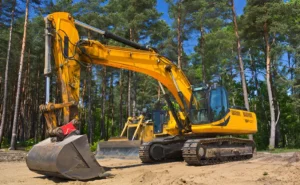


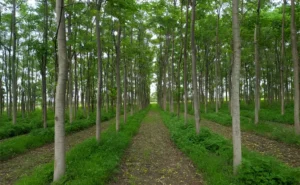

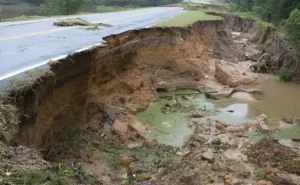
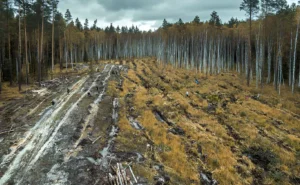
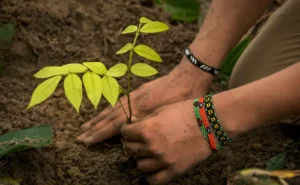

Leave your comment